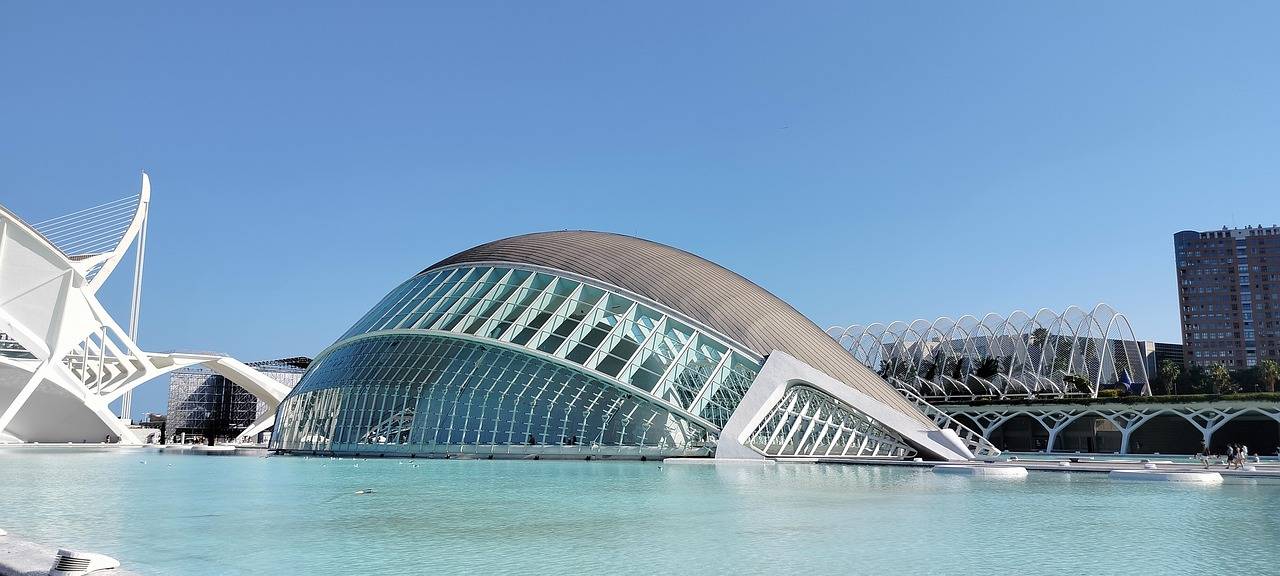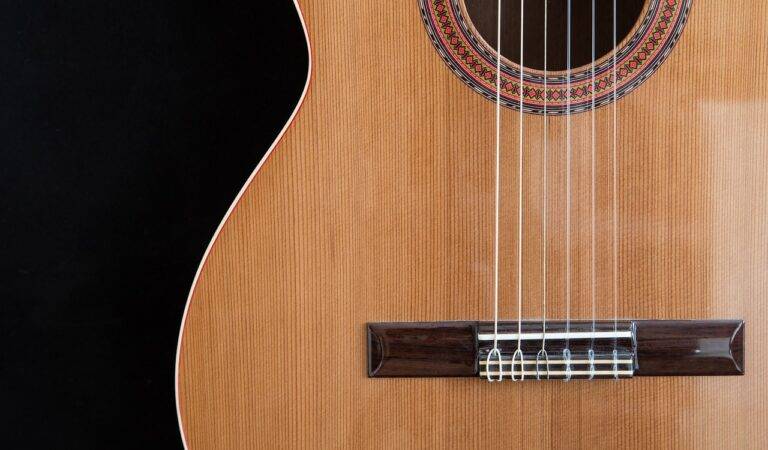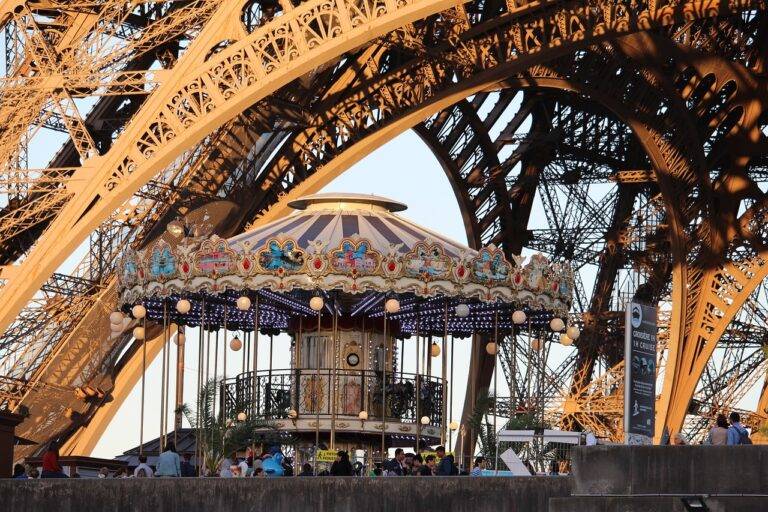Investigating the Intersection of Technology and Live Performances: Holograms, Projection Mapping, and Interactive Stage Design
Live performances have come a long way since the early days of theater and opera. Historically, audiences were limited to experiencing shows in person, with no means of capturing or broadcasting the magic of live performances. However, with the advancement of technology, live performances have evolved to reach a wider audience through live streaming and virtual reality experiences.
One major shift in the evolution of live performances is the incorporation of multimedia elements such as video projections, lighting effects, and interactive stage designs. These additions have transformed the way audiences engage with shows, creating immersive experiences that blur the lines between reality and fantasy. As technology continues to advance, live performances are poised to become even more interactive and visually stunning, revolutionizing the way we experience entertainment.
• Live performances have evolved to reach a wider audience through live streaming and virtual reality experiences.
• Incorporation of multimedia elements such as video projections, lighting effects, and interactive stage designs has transformed the way audiences engage with shows.
• Technology continues to advance, making live performances more interactive and visually stunning.
The Role of Technology in Enhancing Stage Productions
Technology has become an integral part of enhancing stage productions in the modern era. From advanced lighting systems to immersive sound effects, technological innovations have significantly raised the bar for live performances. The use of projection mapping, for instance, allows for captivating visual displays that can transform the entire stage into a dynamic and interactive environment.
Moreover, the integration of synchronized LED screens and augmented reality elements can create a multi-sensory experience for the audience, blurring the lines between reality and fiction. These technological enhancements not only amplify the visual impact of stage productions but also offer endless creative possibilities for artists and production teams to explore. As technology continues to evolve, the potential for pushing the boundaries of live performances through innovative technological solutions remains limitless.
Innovative Ways to Incorporate Holograms into Live Shows
Holograms have revolutionized live shows by offering a unique and captivating visual experience for the audience. Artists can now bring deceased performers back on stage, create virtual duets, or even interact with virtual band members, blurring the lines between reality and technology. These holographic projections add a futuristic and mesmerizing element to live performances, leaving spectators in awe of the possibilities that modern technology can offer in the entertainment industry.
Furthermore, holograms allow for creativity and flexibility in stage productions by enabling artists to experiment with various visual effects and storytelling techniques. From creating fantastical landscapes to simulating historical events, holograms can transport the audience to different worlds and eras, enhancing the overall immersive experience of live shows. Incorporating holograms into performances opens up a realm of endless possibilities for artists to craft innovative and unforgettable spectacles that push the boundaries of traditional stage productions.
How have live performances evolved over the years?
Live performances have evolved from simple stage acts to elaborate productions incorporating advanced technology to create immersive experiences for the audience.
How does technology enhance stage productions?
Technology enhances stage productions by providing tools such as lighting, sound effects, and special effects that can elevate the overall experience for both the performers and the audience.
What are some innovative ways to incorporate holograms into live shows?
Some innovative ways to incorporate holograms into live shows include using them to create virtual performers, interactive displays, and 3D visual effects that can enhance the overall production value of the show.





